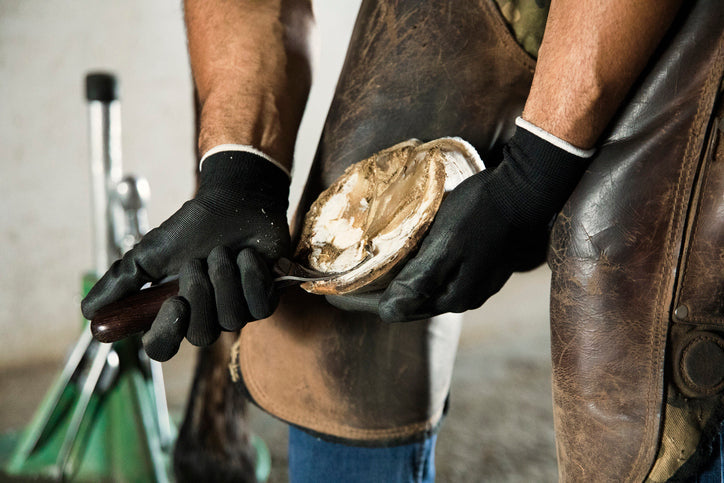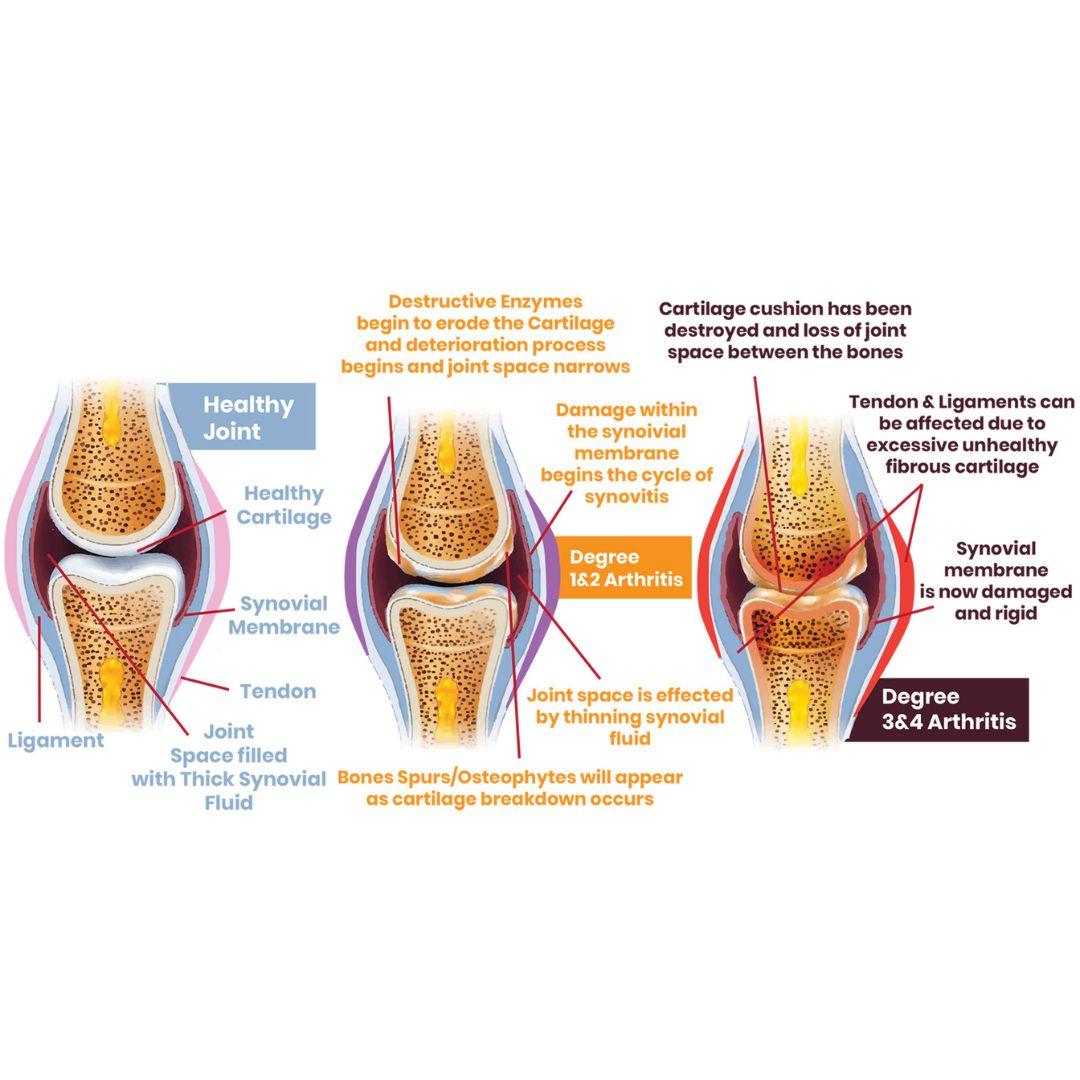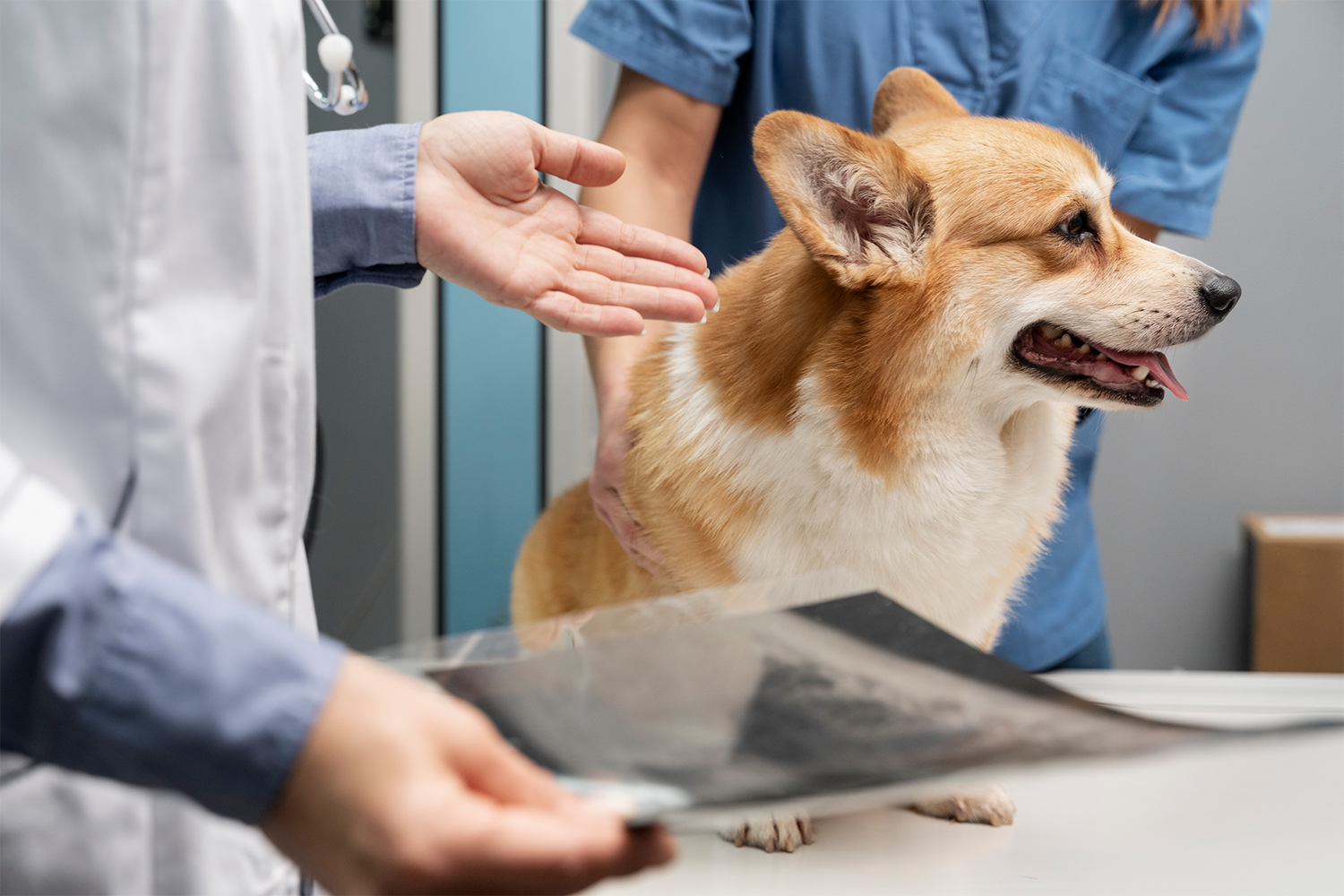Navicular syndrome is a significant concern for horse owners and equestrians alike. It is a condition that affects the navicular bone and surrounding structures in a horse's hoof, leading to lameness and decreased performance. In this comprehensive guide, we delve deep into the intricacies of navicular syndrome in horses, exploring its causes, symptoms, diagnosis, treatment options, and preventive measures.
What is Navicular Syndrome in Horses?
Navicular syndrome, also known as navicular disease in horses or palmar foot pain, is a chronic degenerative condition that primarily affects the navicular bone and associated structures within the horse's hoof. The navicular bone is a small, boat-shaped bone located within the hoof, situated behind the coffin bone and in front of the short pastern bone. It plays a crucial role in absorbing shock and supporting the horse's weight during locomotion.

Causes of Navicular Syndrome
Navicular syndrome in horses can stem from various factors, including:
Conformational Issues: Certain conformational traits, such as upright pasterns or long-toed, low-heeled hooves, can predispose a horse to navicular syndrome. These conformational abnormalities alter the distribution of weight and pressure within the hoof, leading to increased stress on the navicular bone and surrounding structures.
Overuse or High-Impact Activities: Engagement in high-impact activities, such as jumping or intense training on hard surfaces, can contribute to the development of navicular in horses. Overuse or repetitive stress on the navicular region can lead to inflammation, microtrauma, and eventual degeneration of the navicular bone and associated soft tissues.
Genetics: Certain breeds, such as Quarter Horses and Thoroughbreds, may have a genetic predisposition to navicular syndrome. While genetics alone may not cause the condition, they can influence the conformational traits and biomechanics that contribute to its development.
Poor Hoof Care: Inadequate hoof care practices, including improper trimming, shoeing, or maintenance, can exacerbate the risk of navicular syndrome in horses. Hoof imbalances, excessive hoof growth, and uneven weight distribution can place additional strain on the navicular region, contributing to its deterioration over time.
Symptoms of Navicular Disease in Horses
Equine navicular symptoms manifests through a variety of clinical signs, which may include:
Intermittent Lameness: Affected horses may exhibit lameness that comes and goes, often worsening with exercise or on hard surfaces.
Abnormal Gait: Horses with navicular syndrome may display an altered gait characterized by short, choppy strides or a reluctance to move forward.
Heel Pain: Palpation of the heel region may elicit pain or sensitivity in horses with navicular syndrome.
Weight Shifting: Affected horses may shift their weight from one foot to another in an attempt to alleviate discomfort.
Decreased Performance: Navicular in horses can result in decreased athletic performance, reluctance to work, or difficulty performing certain maneuvers.

Diagnosis of Navicular Syndrome
Accurate diagnosis of navicular disease in horses requires a thorough veterinary evaluation, which may involve:
Clinical Examination: Veterinarians will conduct a comprehensive physical examination, including hoof testing, flexion tests, and gait evaluation, to assess lameness and localize the source of pain.
Diagnostic Imaging: Advanced imaging modalities, such as radiography (X-rays) and diagnostic ultrasound, may be utilized to visualize the navicular bone and assess for signs of degeneration, inflammation, or structural abnormalities.
Nerve Blocks: Selective nerve blocks, such as palmar digital nerve blocks or coffin joint blocks, may be performed to desensitize specific areas of the hoof and pinpoint the origin of lameness.
Treatment Options for Navicular Syndrome
When it comes to addressing navicular syndrome in horses, it's crucial to collaborate closely with your veterinarian develop a tailored treatment plan that suits your horse's specific needs. They can recommend the most suitable treatment options based on the severity of the condition and your horse's individual circumstances.
Customized shoeing techniques, such as egg bar shoes, wedged pads, or rocker toe shoes, can help redistribute pressure within the hoof and provide support to the navicular region. Also a 3d mesh half pad can help encourage healthy heel growth. Your farrier can assess your horse's hoof conformation and recommend the most appropriate shoeing approach to alleviate discomfort and promote healing.
Administering a high-quality bone supplement for horses can significantly enhance its comfort, alleviate pain, and potentially even eliminate cysts on the navicular bone. OptiWize, is enriched with anti-inflammatory properties that effectively reduce pain and inflammation associated with navicular syndrome in horses. Additionally, it promotes healthy hoof growth and provides protection to the soft tissues that may be affected by navicular issues. OptiWize can help improve bone density in horses with navicular disease by providing targeted nutrition and ingredients that support bone health and strength. Testimonials from satisfied customers have attested to the effectiveness of OptiWize in eliminating bone cysts associated with navicular syndrome in their horses.
Preventive Measures
While navicular disease in horses cannot always be prevented, certain measures can help mitigate the risk of its development, including:
Regular Hoof Care: Implementing a routine hoof care regimen, including proper trimming, shoeing, and maintenance, can help optimize hoof health and biomechanics.
Appropriate Exercise: Avoiding excessive or high-impact activities, particularly on hard surfaces, can reduce the risk of repetitive stress injuries and hoof trauma.
Supplementation: A targeted bone supplement for horses like OptiWize not only serves as an excellent solution for addressing existing issues but also stands out as an optimal choice for preventive maintenance. By incorporating OptiWize into your horse's regimen, you're not just treating equine navicular symptoms but also proactively supporting overall bone health. This supplement works to fortify the bones, ensuring they remain strong and resilient against potential stressors. Moreover, OptiWize actively promotes the development and maintenance of a healthy hoof structure, essential for your horse's stability and mobility. Additionally, it plays a crucial role in maintaining the strength and integrity of soft tissues, safeguarding against potential injuries or degeneration. Incorporating OptiWize into your horse's routine can thus contribute significantly to its long-term well-being and performance excellence.
Regular Veterinary Care: Scheduling routine veterinary examinations, including lameness evaluations and diagnostic imaging, can facilitate early detection and intervention for any underlying issues.
In conclusion, navicular disease in horses poses significant challenges for horse owners and equine enthusiasts alike. By understanding what is navicular syndrome in horses, recognizing the clinical signs, and implementing appropriate management strategies, we can effectively address this debilitating condition and improve the welfare and performance of affected horses.



